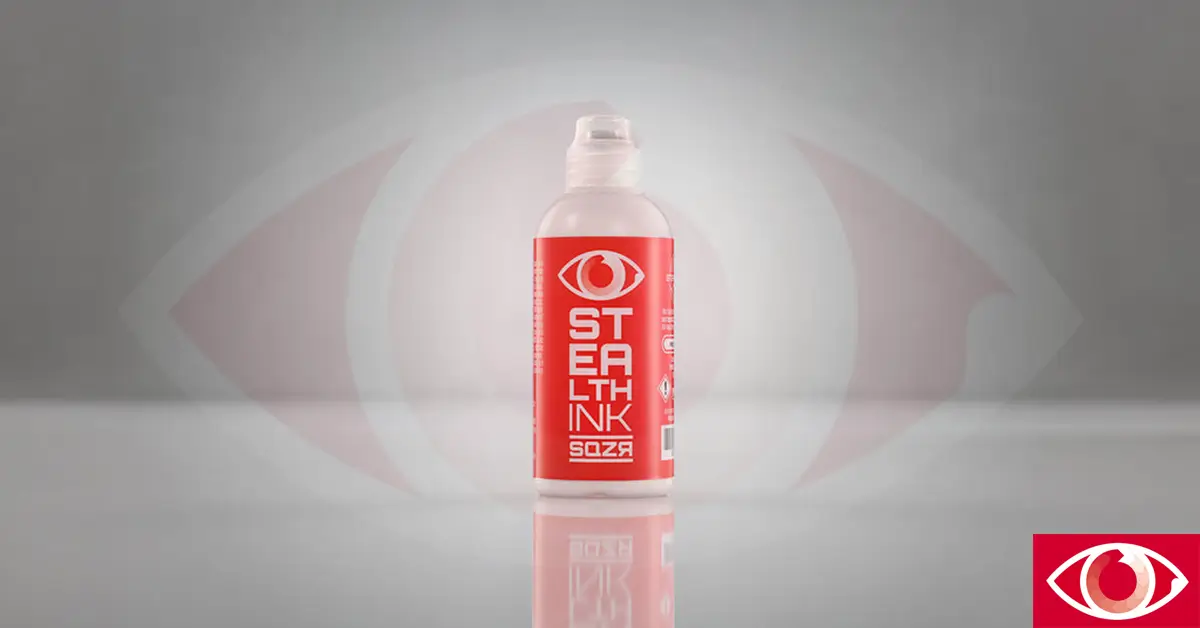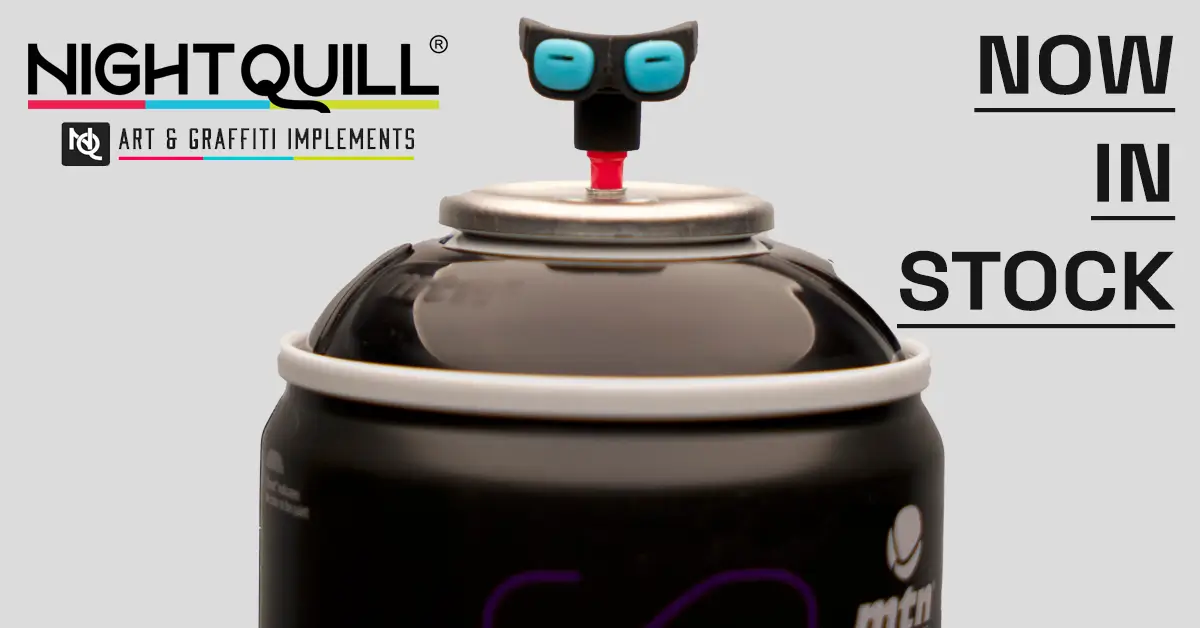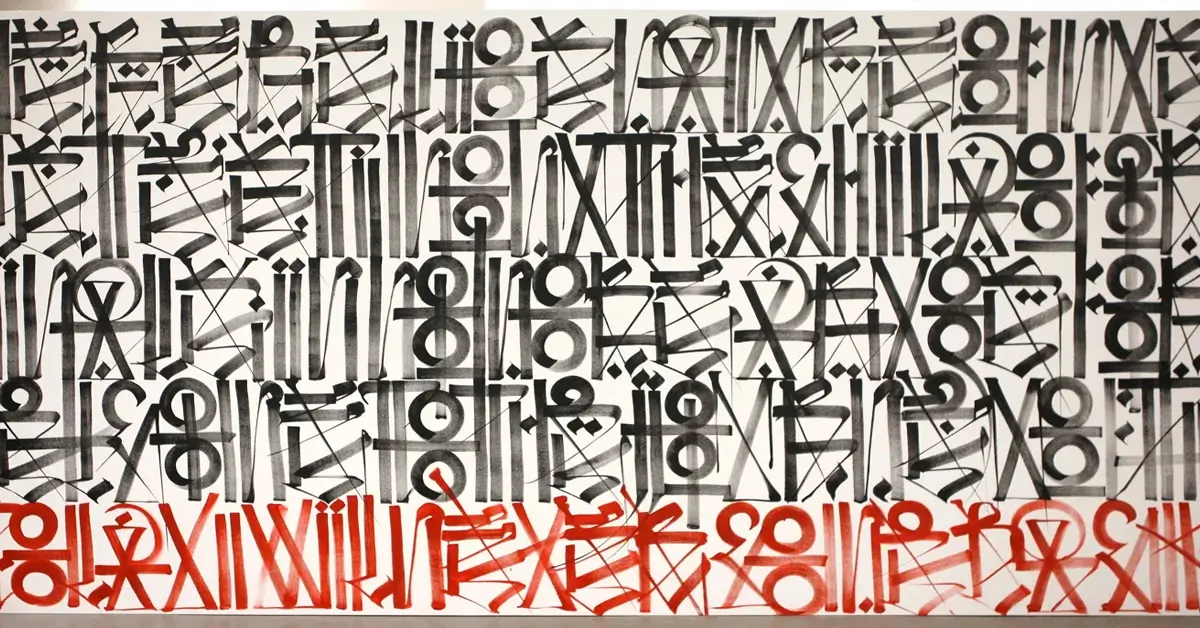The Evolution of Graffiti: From the 1980s to the Present Day
During the 1980s in New York City, the urban soundscape was dominated by hip-hop, resonating through neighborhoods via boom boxes, and resonating with iconic groups like Run-DMC. As hip-hop entrenched itself within the cultural fabric of the city, it found company in another expressive form: graffiti.
Graffiti practitioners, known as writers, would surreptitiously infiltrate rail yards under the cover of night to assert their artistic presence. Armed with spray paint cans as their tools of choice, they transformed subway cars into their personal canvases, their tags moving across the urban expanse, potentially catching the eyes of millions of daily commuters.
However, many perceived graffiti as an extension of the city’s prevalent crime issues, sparking a contentious dynamic. This evolved into a sort of conflict – brave teenage graffiti artists seemingly unyielding against the city’s administration, exemplified by then-Mayor Ed Koch, who waged a campaign to curb their activities.
In honor of hip-hop’s 50th anniversary, ABC News engaged in conversations with several trailblazing graffiti artists, delving into the art form’s transformation and its intimate intertwinement with the genre.
Wane One, a graffiti artist hailing from the Bronx, recollects the locations where he once applied his artistic expression as a teenager and vividly recounts the emotions he experienced during his initial forays into this creative endeavor.
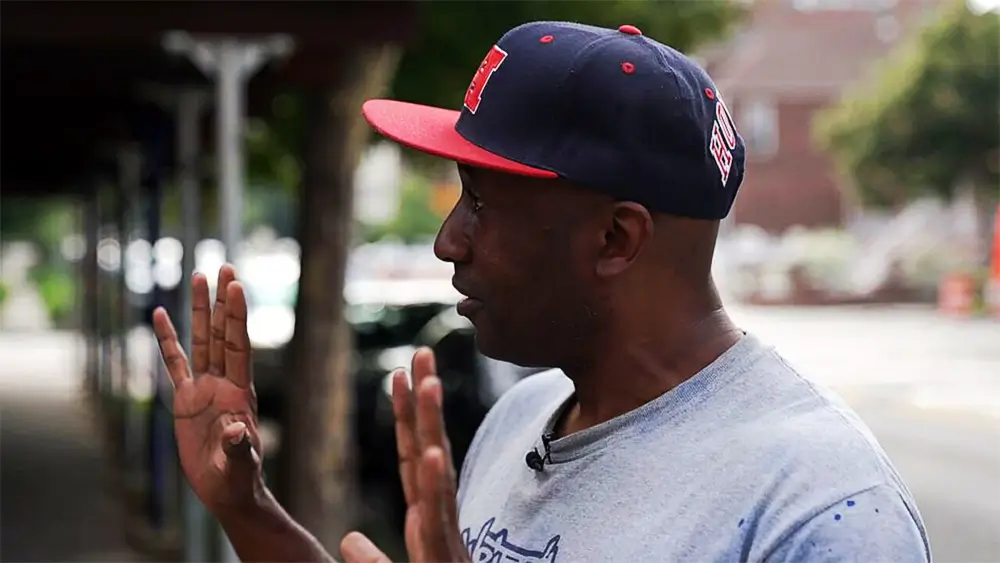
“When the train pulls in, you know? I catch sight of my piece rolling in. There are these guys with their schoolbags, just standing there, gazing at it. It’s like having art critics right in front of you. It’s not like the conventional art world,” he shared during an interview with ABC News Live.
Distinguished artist Lee Quiñones honed his skills by painting subway cars, a journey that has now translated into his creations fetching hundreds of thousands of dollars.
“This was a visual movement emerging from a place of pure art, yet it held an immense influence, drawing people who never thought they could be artists,” Quiñones remarked.
As graffiti art’s presence expanded, encompassing New York City and beyond, its cultural impact echoed resoundingly, giving rise to what’s widely recognized as the pioneer film centered around hip-hop culture – “Wild Style” from 1983. This film featured genuine graffiti artists, among them Fab Five Freddy and Quiñones.
“Securing funding was the real challenge. It’s quite astounding, considering how widespread hip-hop culture is worldwide now, but back then, it wasn’t as recognized,” Fab Five Freddy highlighted.
“It’s important to note that during the movie’s production, there wasn’t this definitive label like, ‘This is what it’s called.’ It was all these different elements intertwining. We played a role in highlighting the concept of hip-hop, and through ‘Wild Style,’ we amalgamated all these elements into a unified entity. That’s when it started to be perceived that way,” Fab Five Freddy explained.
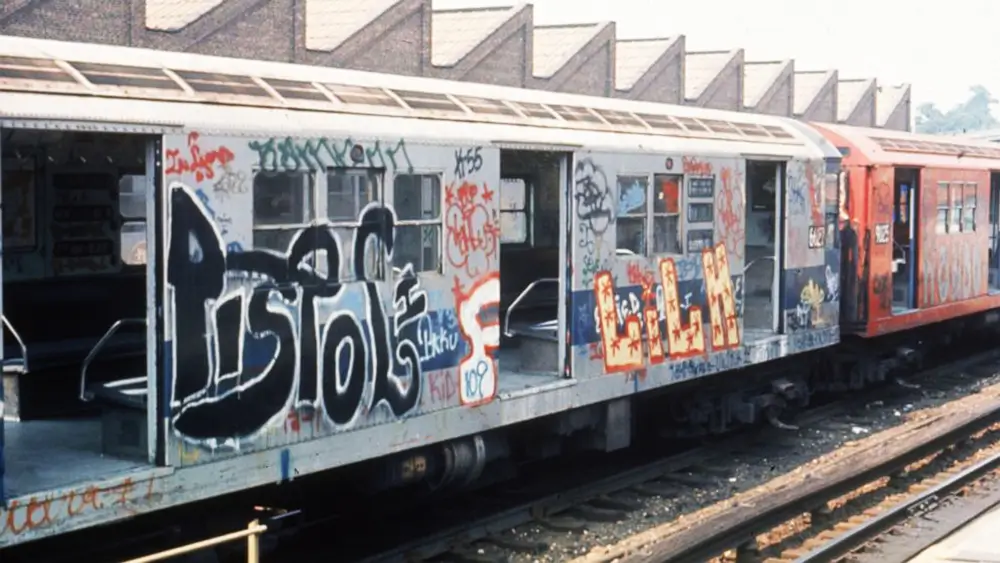
In the same year, the documentary titled “Style Wars” also premiered. It shadowed several graffiti crews primarily comprised of teenage boys, shedding light on the risks they confronted for their art and the resistance they encountered from those who couldn’t grasp its significance.
Among them was a young individual known as Dez TFA. When not engrossed in painting, he would dedicate countless hours in the park working with turntables. Eventually, he ascended to become one of New York City’s most celebrated disc jockeys – DJ Kay Slay. Prior to his passing last year, he reunited with Henry Chalfant, the producer and photographer behind “Style Wars.” Together, they reminisced about the nascent days of hip-hop culture on Kay Slay’s Shade 45 Street Sweeper radio program.
“Perhaps one day we wanted to throw on a t-shirt and breakdance, and the next day, we’d set up our gear and DJ in the park. Then, the following day, we might head to the train yard for some painting. Back then, none of us could fathom that years down the line, it would evolve into the massive multi-billion-dollar industry it is now,” DJ Kay Slay shared.
Once deemed as outlaws, numerous graffiti artists have experienced a substantial shift in perception. They now earn significant income from their craft and have garnered the attention of major brands. This transformation holds true for several of the artists who engaged with ABC News.
“Right from the start, I recognized it as art. It just resonated with me as my true calling during that phase of my life. I had no clue where it would take me,” Quiñones reflected.


